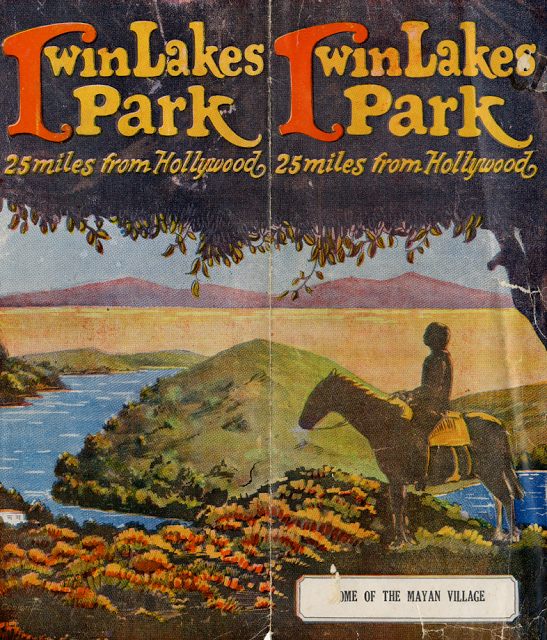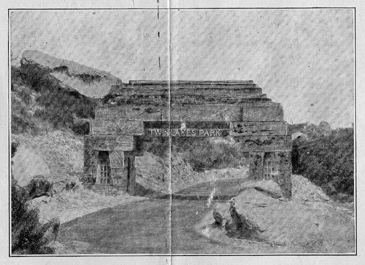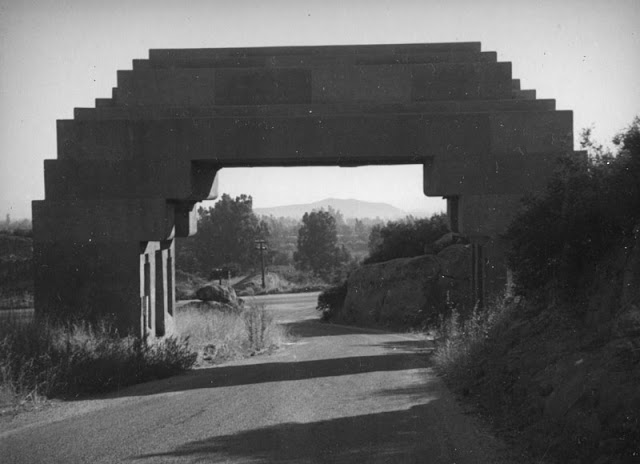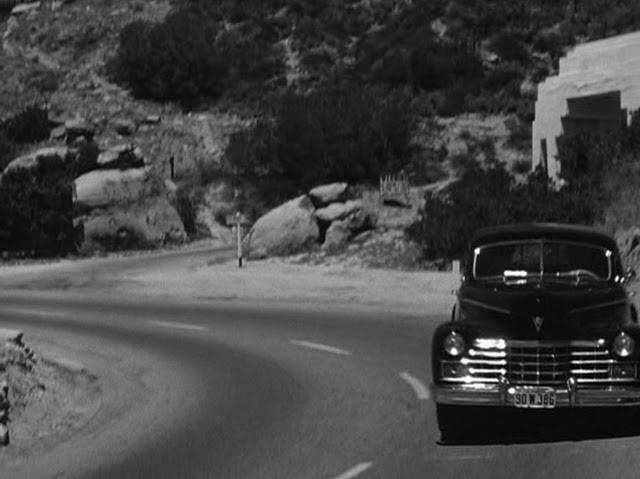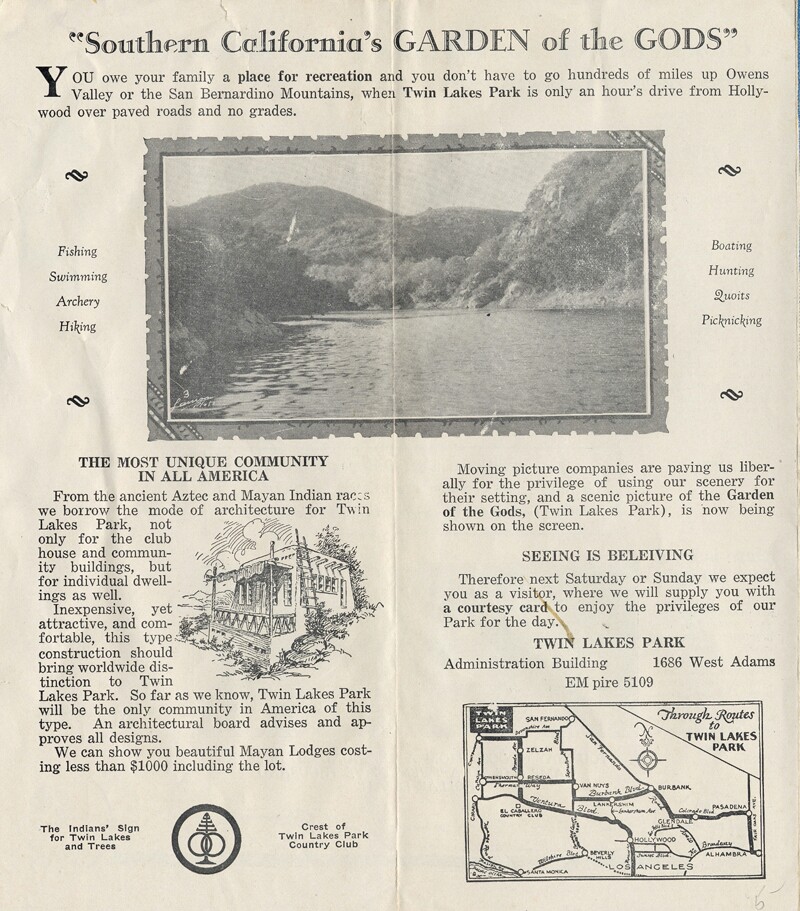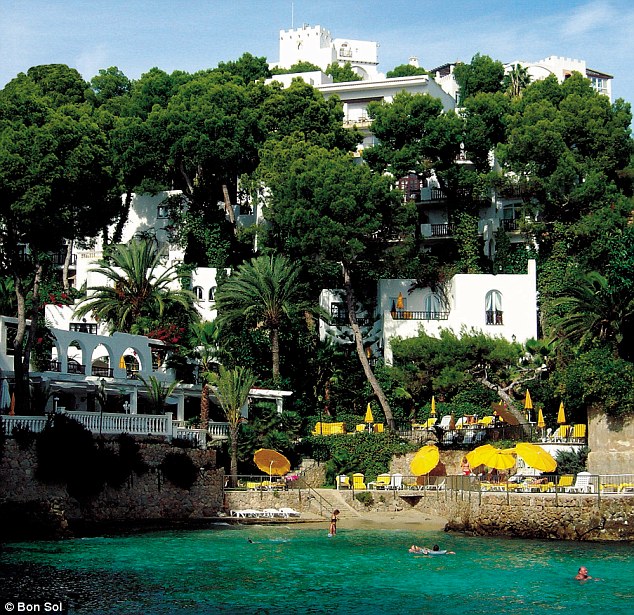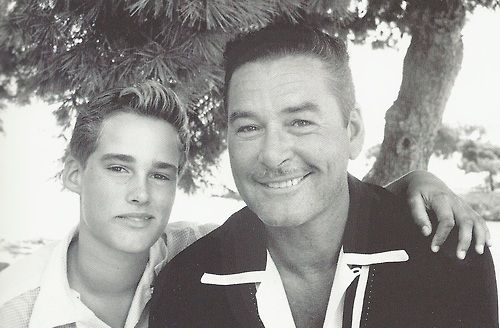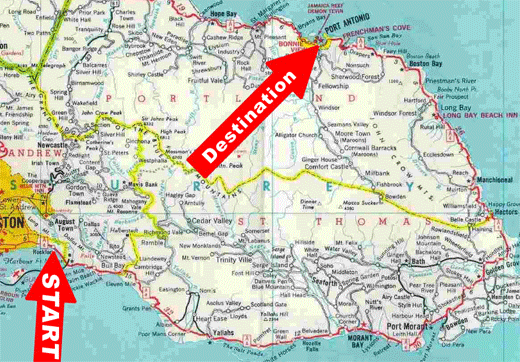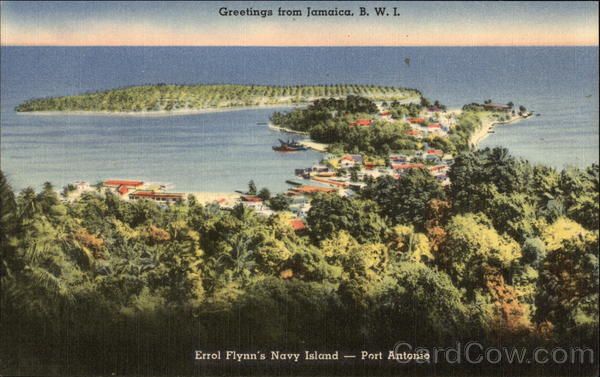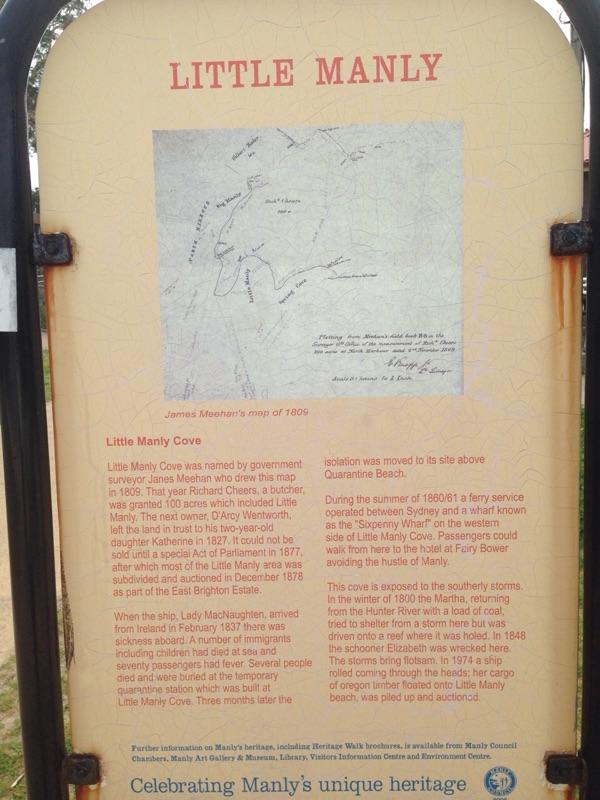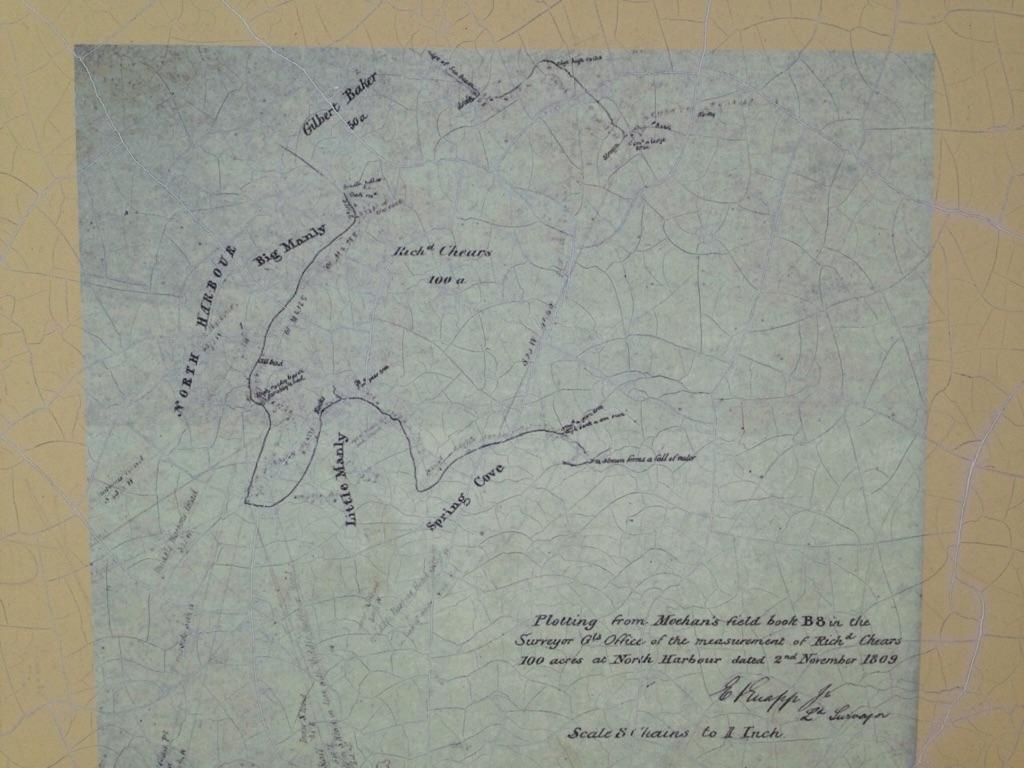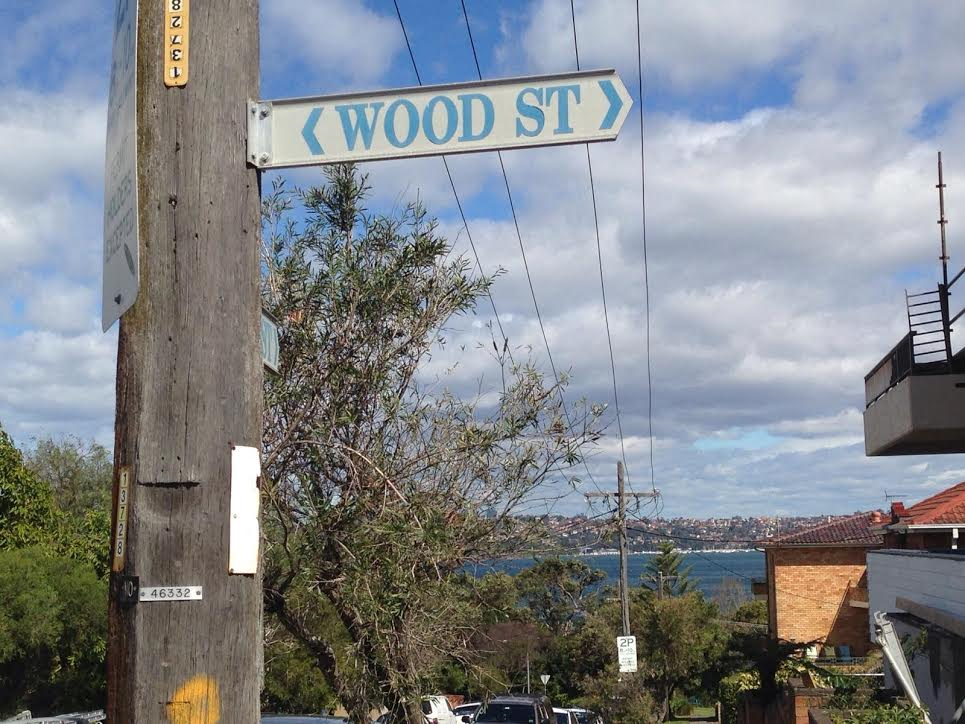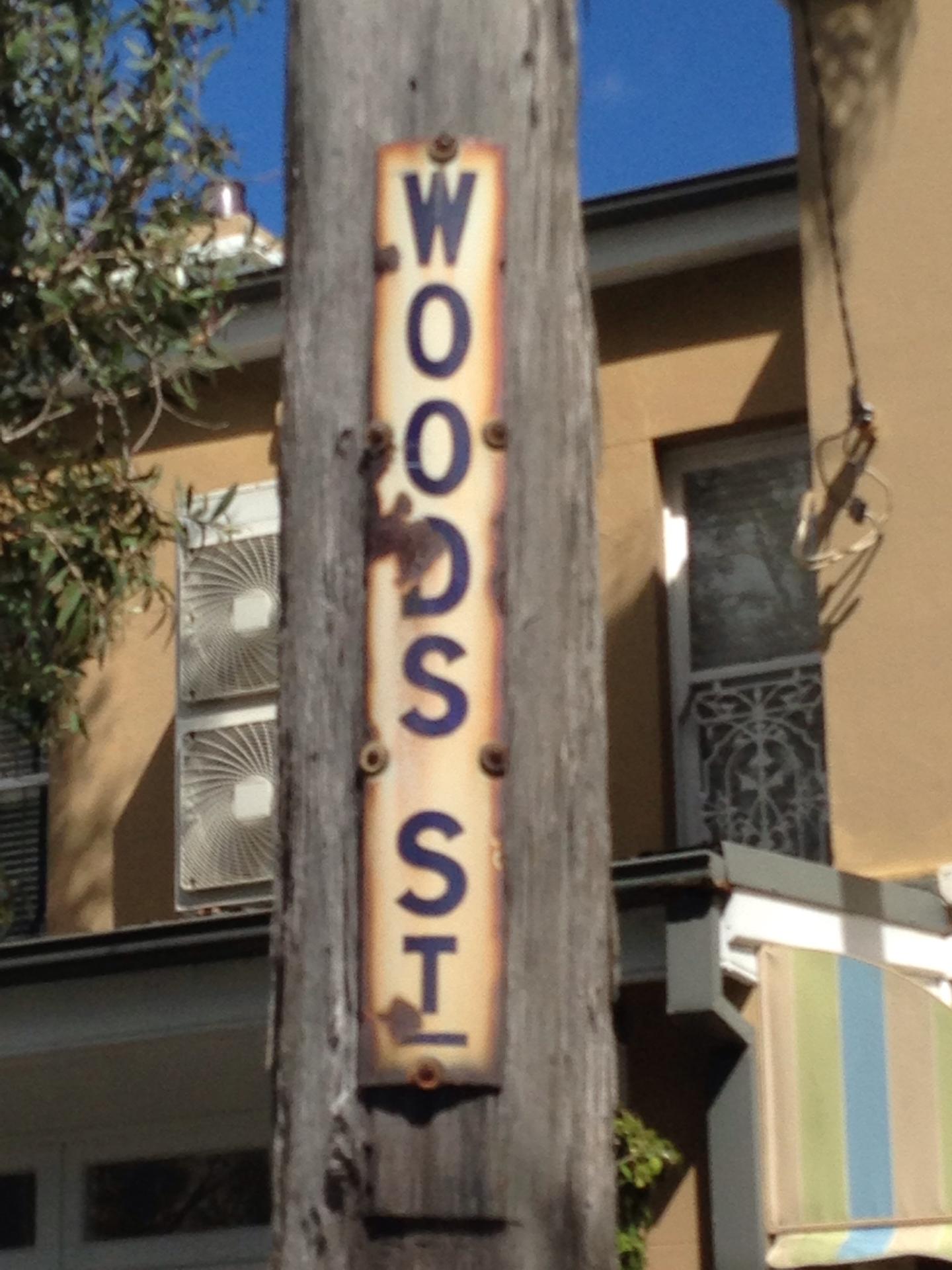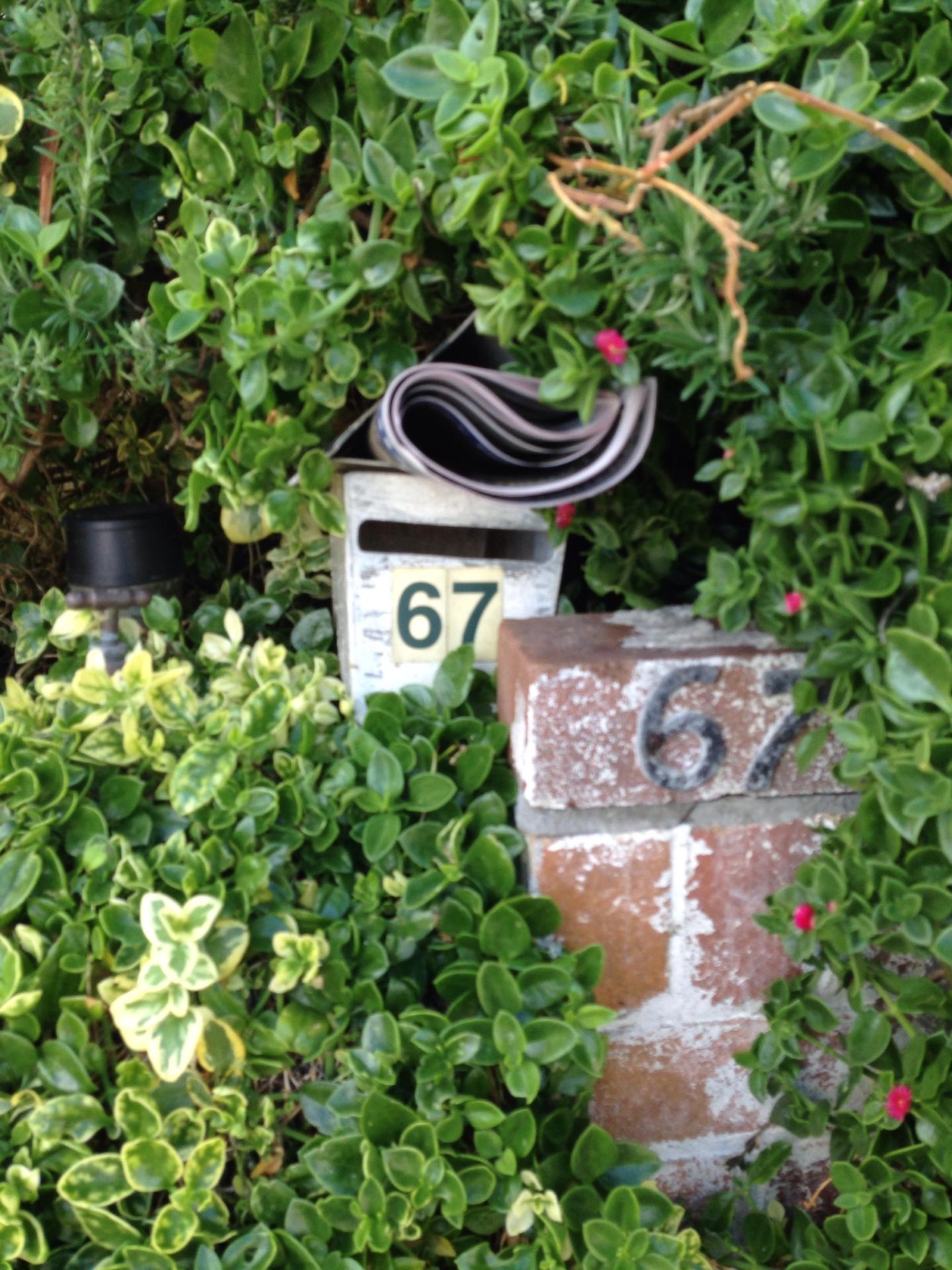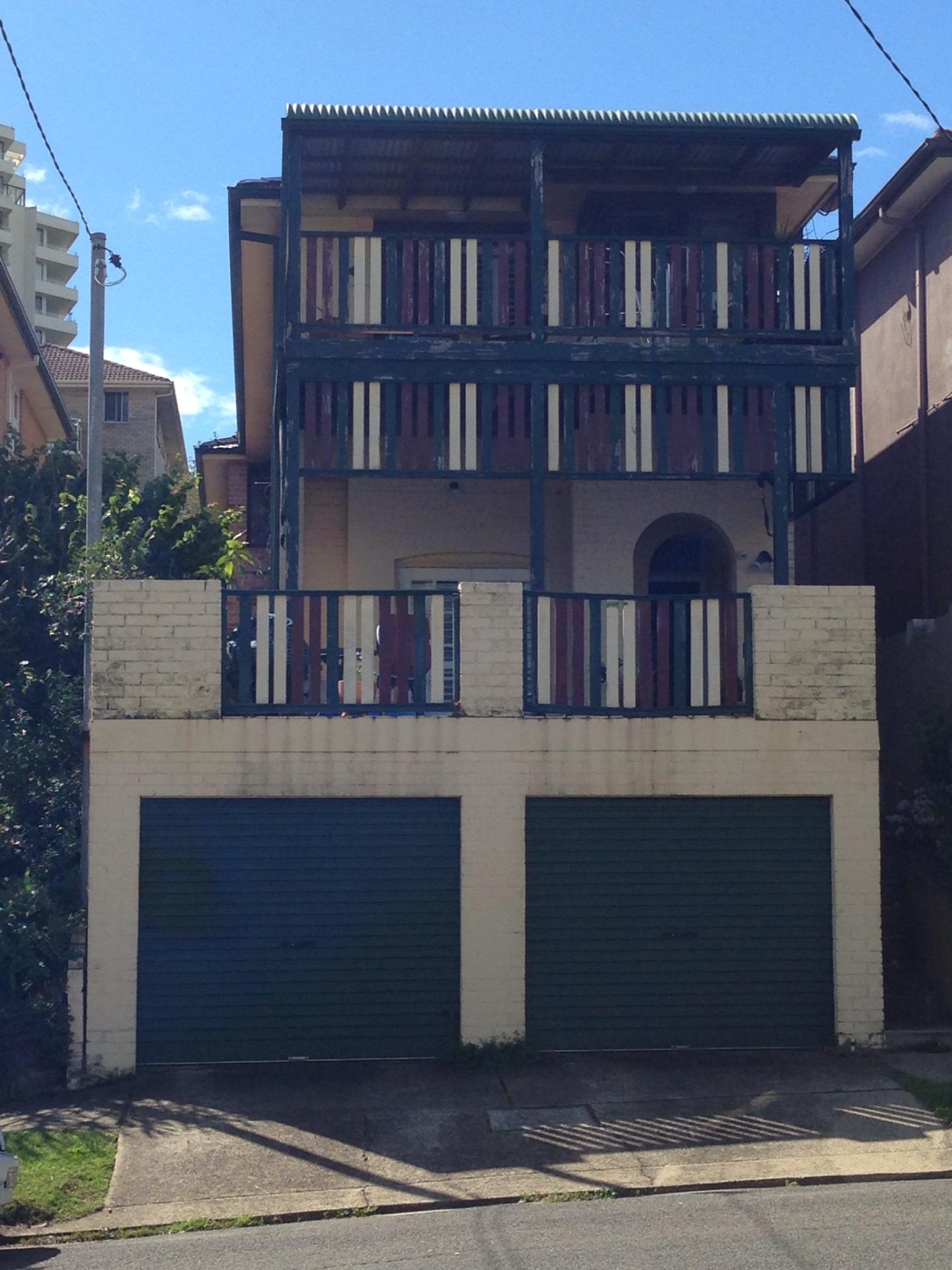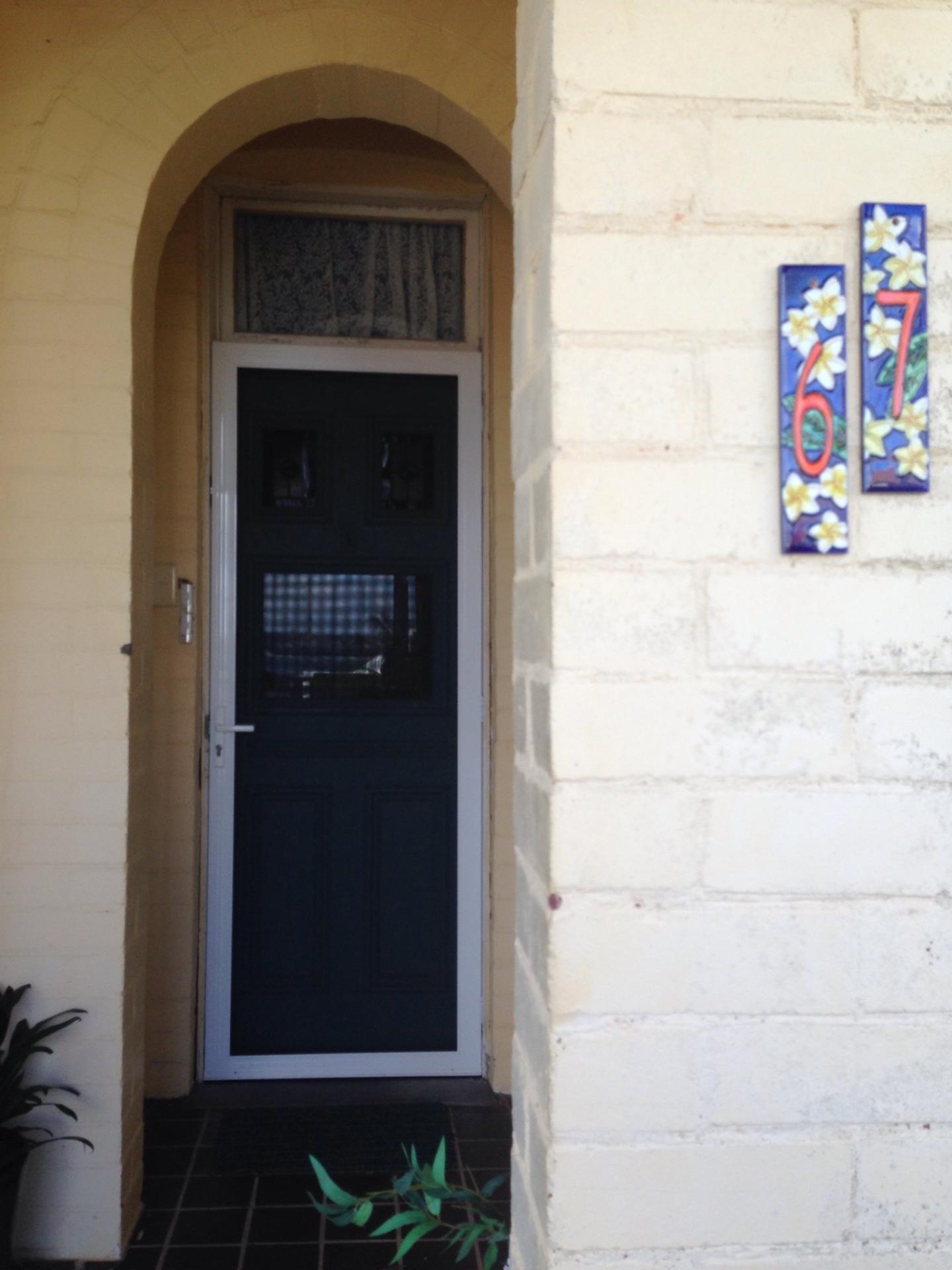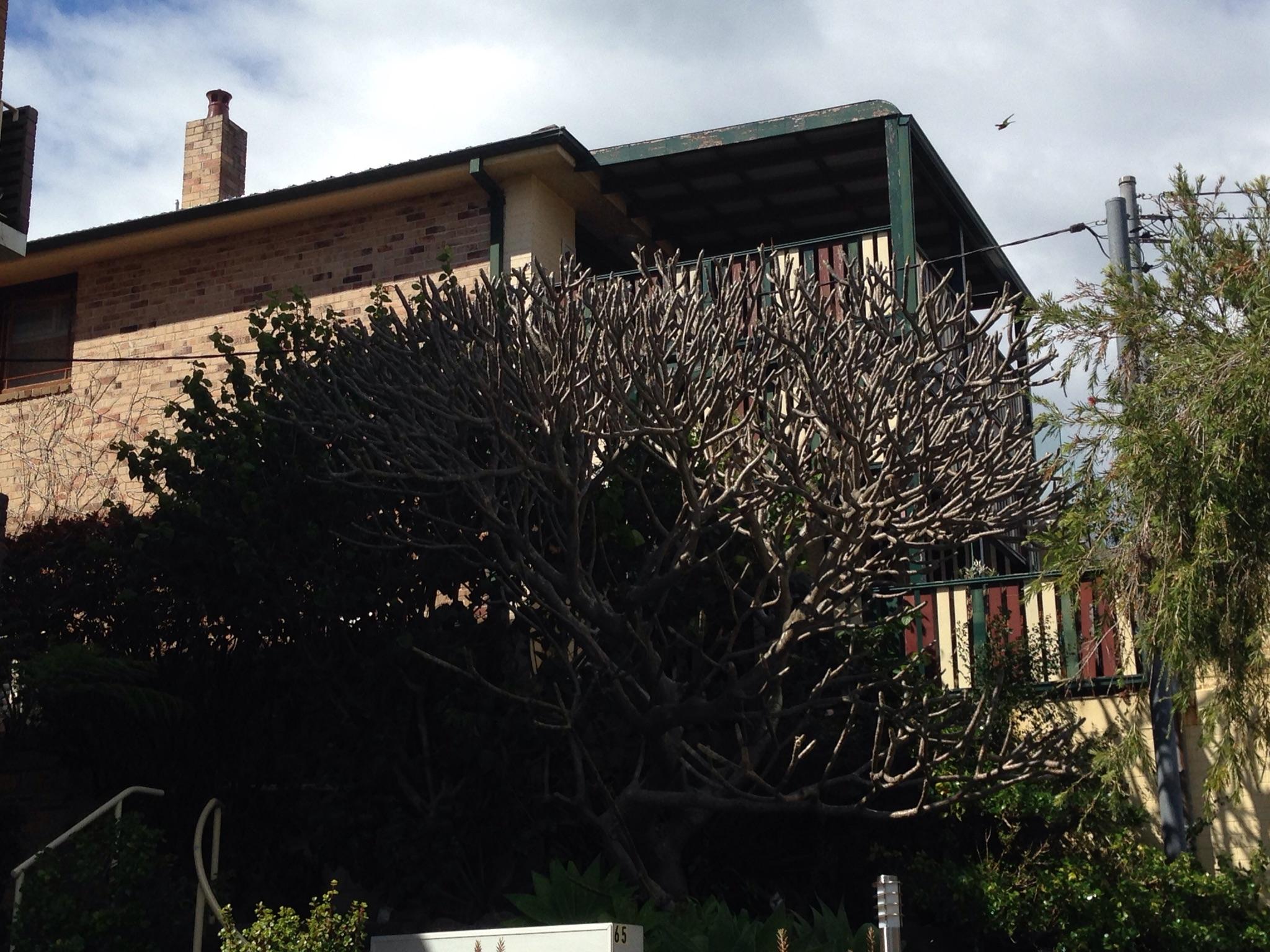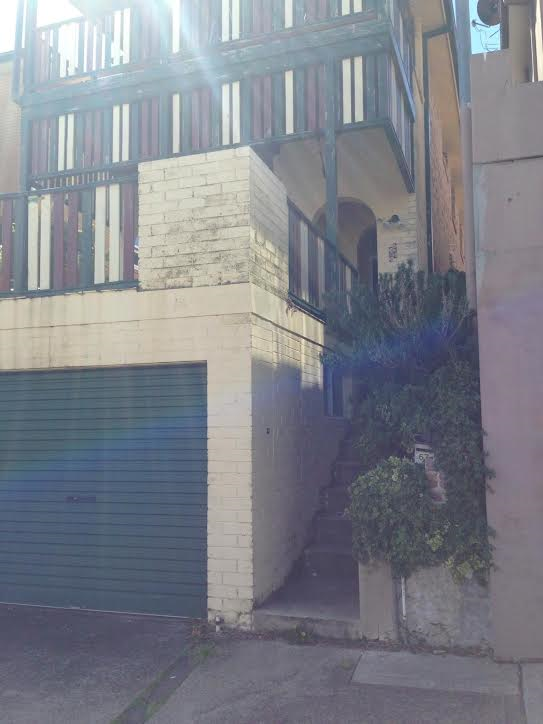We received a great Mail Bag item from Shel Weisbach about Errol’s Mulholland Farm Architects:
Dave,
A permit at the LA Department of Building & Safety, 1941LA16356, dated July 8, 1941, lists William A Lundberg and J. Cecil Strawn as architects. The document was signed by an Angus Ralston,(but, honestly, of this I am a tad unsure as his penmanship and I are at odds), contractor, on behalf of Flynn. The document lists the architects’ license as C343 which was Strawn’s license. No license is noted for Lundberg.
Strawn, earlier in his career, was employed by the legendary starchitect, or star architect, Paul R. Williams. The Flynn ranch house bears some similarities to Oakridge, the Northridge estate of Barbara Stanwyck and, later, Jack Oakie, and the Talton R. Craig Ranch, West Hills. Oakridge was designed by either Williams or Robert Finkelhor, the architect of Bob Hope’s Toluca Lake mansion.
Williams and Finkelhor were part of a small corps of society architects who occasionally traded commissions and at other times collaborated on them. I have found less information on Lundberg – save that he partnered with his son, Harry L., in the design and construction of a number of homes in the well-to-do Hancock Park community. My guess, stress guess, is that Strawn associated with the Lundbergs for the Flynn commission.
California law allows for a single or two-story home to be designed by a non-architect or a non-engineer.
Elite architects employed elite and proven contractors as their clients were demanding and involved. The Lundbergs were craftsmen of a higher order.
The Flynn home was constructed with superior care and materials but may have appeared on the sedate side to an outside observer — a trademark of the Great Depression — those who were blessed tended to control flaunting it amid the poverty of the time. The home is two-story; but, a pitched, or angled, roof and dormers give it a humbler profile. Horizontal boards on the facade is in keeping with a degree of humility. The husky chimneys emit auras of ranch life and, yes, prosperity. I suspect, like Oakridge, there were carryovers of Victorian class distinctions, such as lower ceilings or door knobs vs. levers, to distinguish family rooms from house staff rooms.
If you have a chance, you may enjoy checking out my work, Pathways of the San Fernando Valley, on Amazon books. Thoughts/opinions would be appreciated. If I can again assist I will glad to offer a hand. If I find more info on the home and/or architects, I will share it with you.
Shel
Thanks Shel, much appreciated!
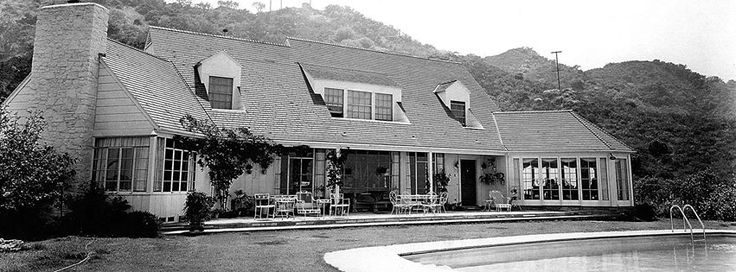
— David DeWitt






